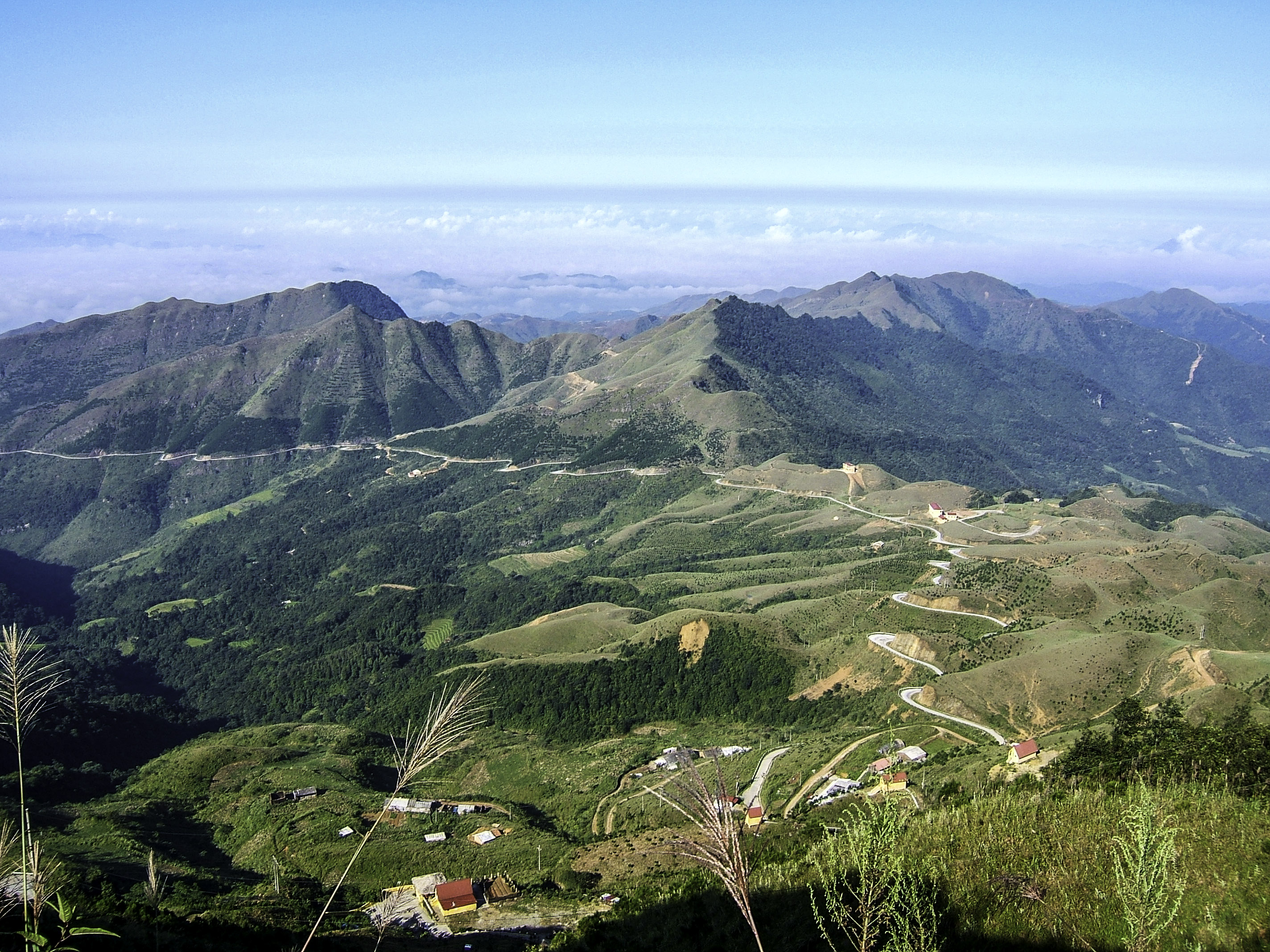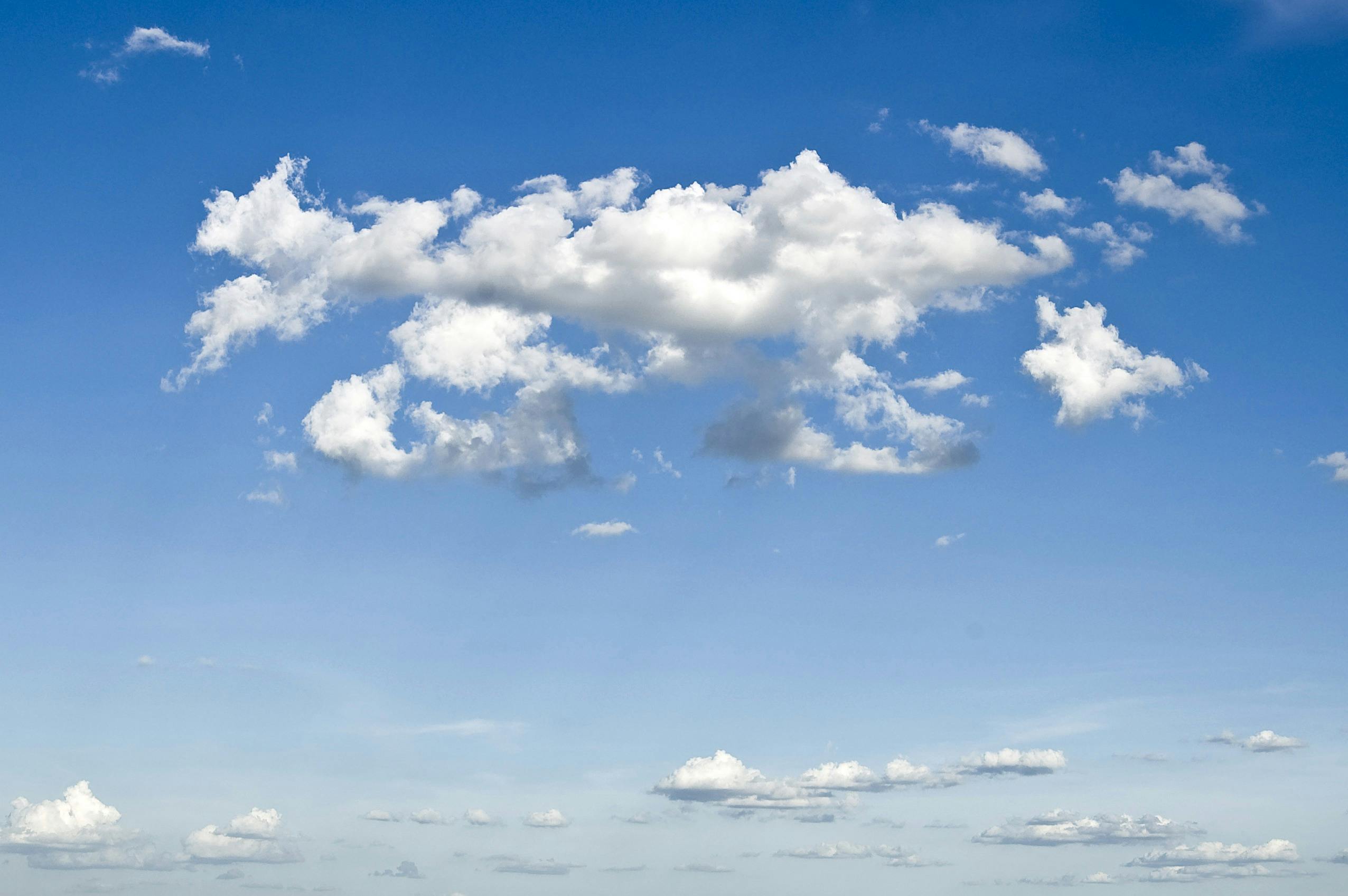Early Childhood
STEM
Environmental & Science Education
by Edward Hessler
How do you help young children connect nature play, outdoor experiences, and STEM learning?
Teaching STEM Outdoors: Activities for Young Children by Patty Born Selly provides some suggestions. The book will be available from Amazon May 16, 2017. It is currently available from the publisher,
Red Leaf Press.
 |
| Patty Born Selly, the author |
Ms. Born Selly is an instructor in Hamline University's School of Education. She was willing to respond to a few questions.
How would you describe a playful learning experience?
Anything! As long as there is joy involved, there is likely learning happening. Joy and delight open our minds up to be more receptive and more responsive, and so really whenever children are playing, they are learning....they may not be able to articulate what it is exactly that they are learning, but they are learning nonetheless.
What is the value of such learning experiences?
It's my very strong opinion that we need joy and delight in our lives! Learning, in particular, is one area where these qualities seem to get 'pushed aside' or seen as less important, even a hindrance to the serious work of education. But joyful learning really matters and makes a difference! It is more memorable, more personal, and frankly, more fun.
Your book, its activities, describe/infer what you mean by STEM for early learners. Please provide a thumbnail summary.
In this book, the focus is less on the content associated with science, tech, engineering, and math, but more about the processes and practices associated with those disciplines:solve problems, things like asking investigable questions, constructing an argument from evidence, trying new and different approaches to solving problems, discernment, representation and use of models to aid in thinking or communicating. These are things children do when they play. I'm a firm believer in developmentally appropriate practice, and tailoring content to fit the age and developmental level of your students. But all students can engage in the practices associated with STEM-no matter their age, developmental level, or physical ability. This book helps teachers and other adults understand how children naturally engage in those practices during their play, and it helps the adults learn to see how children engage in those practices, so that they can recognize that young children really are learning all the time.
What is the aim (aims, if you prefer) you have for the STEM side of your book?
Well, since most of the most important advancements in STEM came as a result of someone's curiosity and wonder, this book hopefully will serve to bring back curiosity and wonder as a very legitimate and necessary part of "doing STEM"... I want to help teachers see and understand the practices associated with the STEM disciplines, and to recognize how easily and how frequently young children engage in those practices. This will (I hope) help teachers understand that by supporting play and being intentional about how young children engage with the natural world, such as through asking productive questions, providing a variety of materials, and — in some cases, just getting out of the way — they are in turn supporting the development and comfort with the practices that we commonly associate with STEM.
What is the aim (aims, if you prefer) you have for the Nature side of your book?
This book is a shameless plug for the natural world as THE best place for young children to be. In nature, children are immersed in a context with stimuli that is at once soothing and stimulating, calming and exciting all at the same time. This provokes curiosity and wonder, as well as a profound sense of curiosity and joy-which is so important. I want this book to convince teachers that nature, with its rich diversity of stimuli, is a place where children belong — there, they learn in a variety of ways, including through their bodies, their spirits, as well as their minds, to be the curious, creative people we all know them to be.
My hope is that this book makes it easier for teachers to 1-go outside more often, 2-recognize the many different ways in which children are already engaging in "STEM Thinking' and 3-get out of children's way and let them play — they are doing enough just by playing and loving the earth-being curious and wanting to learn more.


 CGEE Student Voice
CGEE Student Voice




















